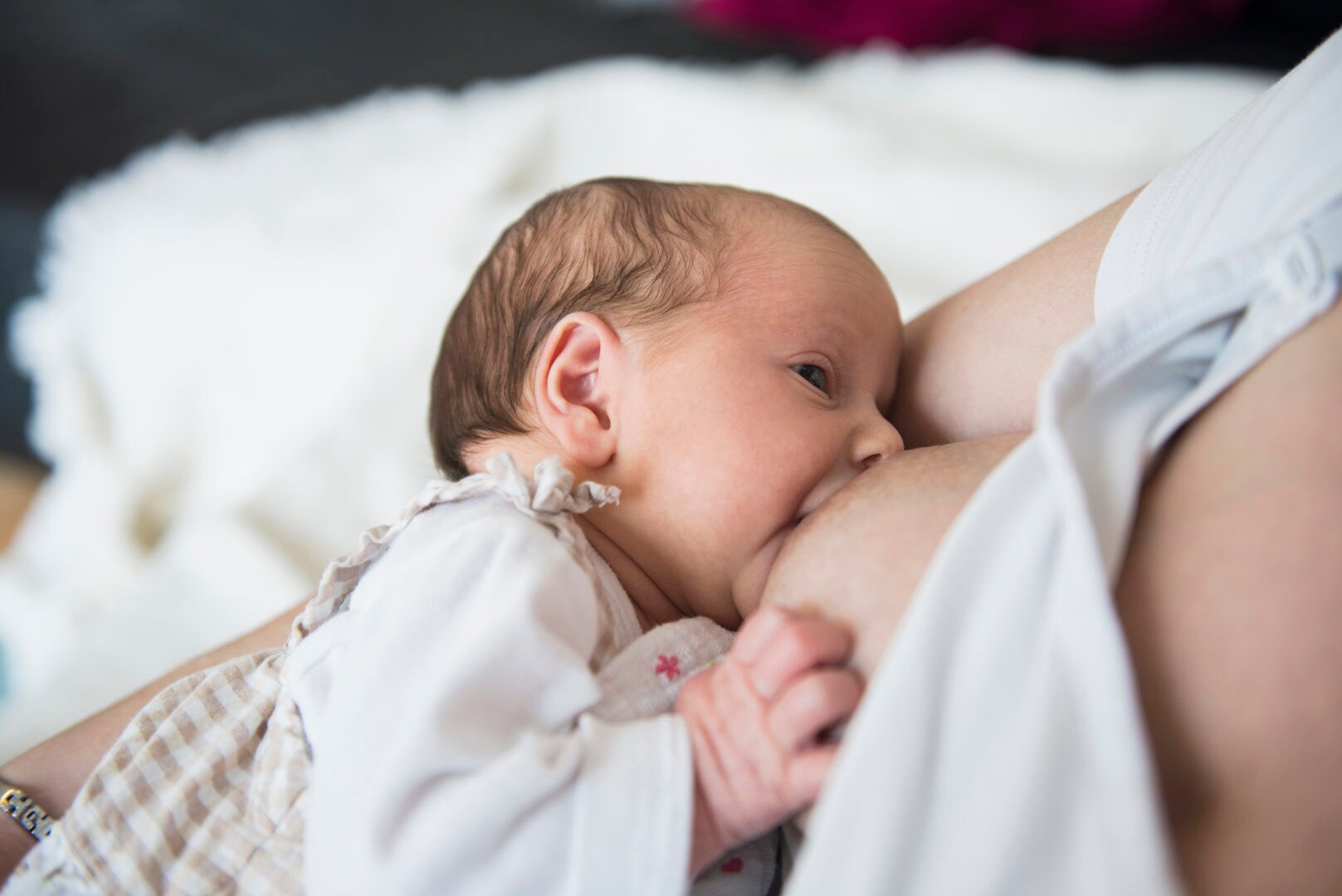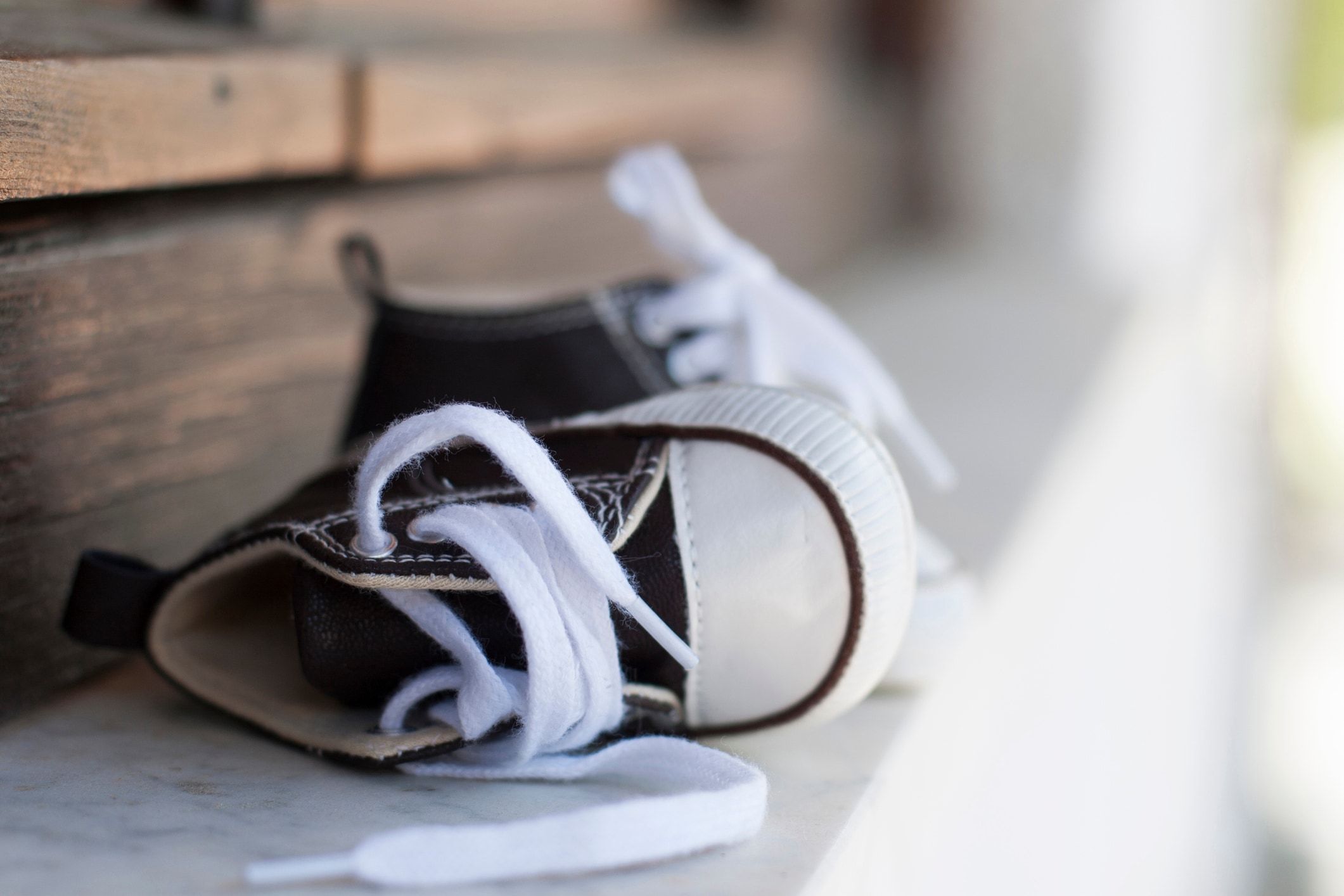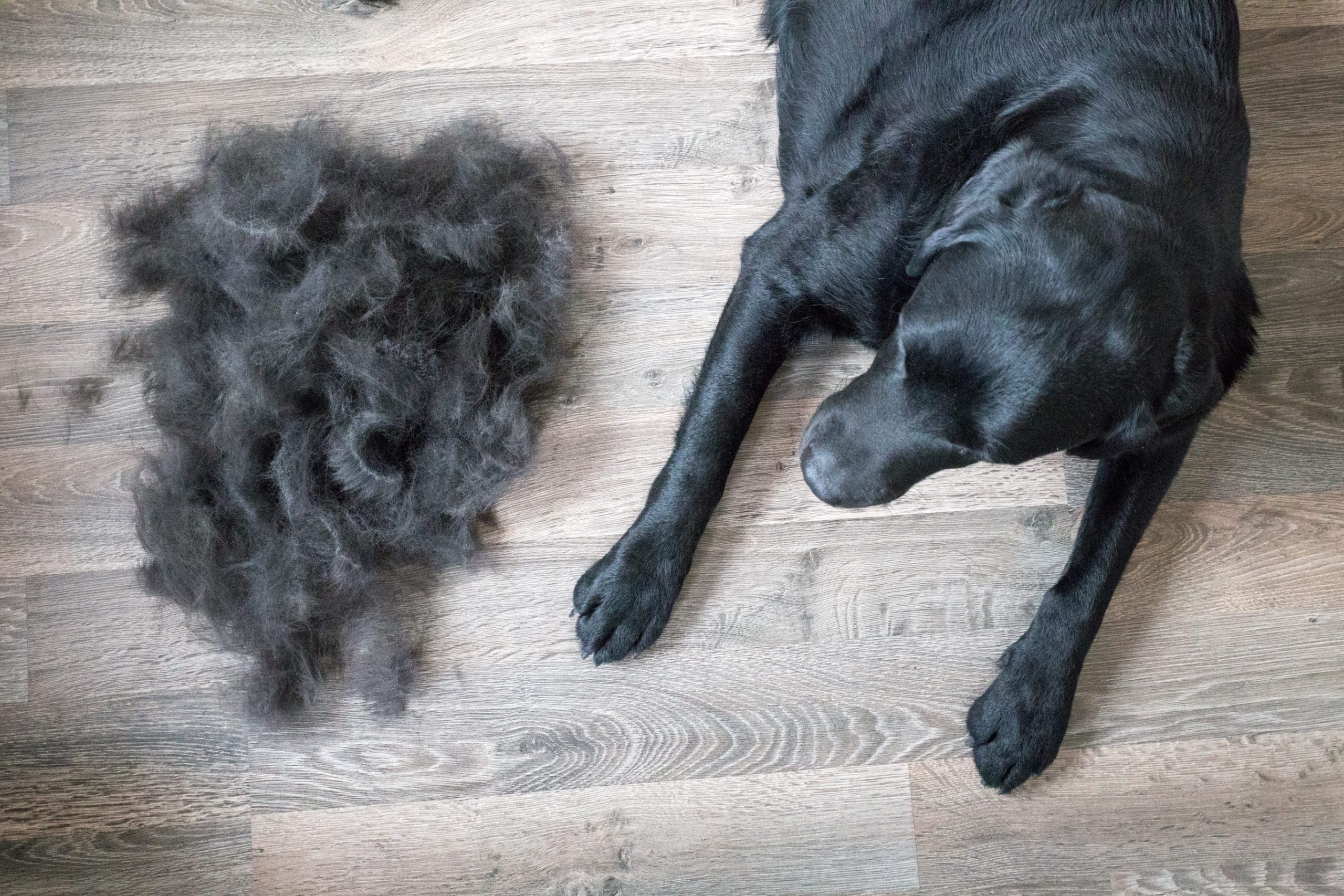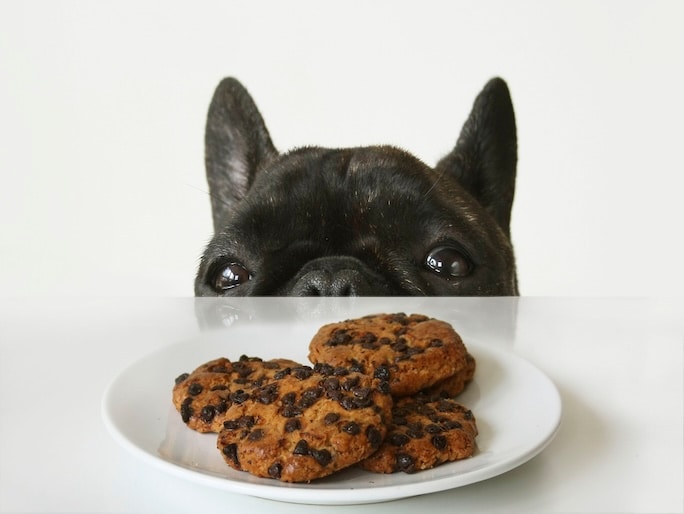In this article
Unlike formula feeding or pumping, it’s nearly impossible to tell how much milk your baby is getting when you’re breastfeeding and whether or not it’s sufficient. However, one signal is good ol’ fashioned intuition.
“I could always tell when my daughter had a good feeding and got enough breast milk,” says Jennifer Abt, a mom of one in New York City. “She just seemed happy, content and full — and usually sleepy!”
But you can also keep your eyes peeled for more concrete, telltale indicators that a baby isn’t getting enough breast milk, as well as indicators that she’s consuming an adequate amount.
If you’re unsure whether your little one is getting enough breast milk at a few days old or even a few months, look out for these key signs, according to experts.
Key takeaways
- Breastfeeding can make it hard to see exactly how much milk baby is getting, but there are clear signs — like frequent wet diapers, weight gain and contentment after feeding — that indicate they’re getting enough.
- In the first few days, colostrum provides essential nutrients, and as milk comes in, paying attention to hunger cues and breast changes can help guide feeding.
- Trusting your instincts, watching for red flags like jaundice or low weight gain and checking in with your pediatrician can help ensure your baby is well-fed and thriving.
Do I need to worry about how much breast milk my baby is getting in the beginning?
Immediately following birth, there’s no need to focus on how much breast milk your baby is getting, as your breasts aren’t producing milk yet.
“In the first few hours and days of life, a new mom’s breasts will produce small volumes of a thick yellow substance called colostrum, which is rich in protein,” says Dr. Hillary Lewis, a board-certified pediatrician in Dallas. “Mature breast milk will come in on the third or fourth day of life or sometime around 72 to 96 hours post-birth.”
Lewis explains that newborns who are nursing well will get small volumes of colostrum during their first three to four days of life, which will help them pass meconium — those first black, tarry stools.
“The goal is that a newborn has one to two stools on the first and second days of life,” she says.
How much should my newborn eat?
It’s also important to note that, early on, feeding on demand (whenever the baby is hungry) is recommended for both your baby’s nutritional needs and to help stimulate milk production. (A key to successful breastfeeding is to focus on the first hour after giving birth.)
Once your milk is in, it’s important to focus on how your baby seems overall, as opposed to a specific number — particularly when you’re exclusively nursing.
“It isn’t a good idea to fixate on particular breast milk amounts, because every baby is so different,” says Dr. Nick DeBlasio, a pediatrician and medical director of the Pediatric Primary Care Center at Cincinnati Children’s Hospital Medical Center in Cincinnati, Ohio. “In reality, some babies will take more or less, based on their needs. Also, it’s hard to say how much milk a baby is getting when they’re feeding from the breast.”
In general, during the first month, babies should nurse between eight to 12 times a day, which is about every one and a half to three hours.
What are signs that my baby is hungry?
According to Dr. Susan Crowe, an OB-GYN and clinical associate professor of Obstetrics & Gynecology-Maternal Fetal Medicine at Stanford University in Palo Alto, California, crying is usually a late sign of hunger for babies.
Earlier hunger cues include:
Opening their mouth and sticking out their tongue.
Turning their head from side to side.
Smacking their lips together.
Sucking on their fist.
“When babies are responded to when they’re exhibiting these early signs, they’ll often latch onto the breast easily,” says Crowe. “Once baby has reached the point of crying, you may need to calm him down before he’s ready to latch.”
What are signs my baby is getting enough breast milk?
If your baby isn’t giving off any typical hunger cues, but you’re still concerned she isn’t getting enough breast milk, here are a few things to keep an eye on:
1. Wet and soiled diapers
A good signifier that your baby is getting enough breast milk is his diapers. According to the Mayo Clinic, babies who are 5 days old or older are likely taking in enough breast milk if they have a least six wet diapers a day and at least three bowel movements.
“After the first few days, babies should be making frequent wet diapers, and the urine should be pale, not dark and concentrated,” says Crowe. “If there’s adequate milk intake, a newborn will have soft, yellow stools by the fifth day.”
Crowe also notes that, as infants grow older, stool is not always a reliable measure of breast milk intake, as the stooling patterns of breastfed babies can vary widely.
2. Empty breasts
A sign you personally can feel if your baby had a good feeding? Your breasts! Do they feel “empty” and soft or still full with milk?
“Paying attention to how your breasts feel after a feeding is a good sign of how well baby is eating,” says Lewis. “When filled with milk, breasts are typically fuller, firmer and larger. After a baby has nursed well, breasts should feel softer and sometimes smaller.”
3. Baby’s coloring
If your baby has a yellowish tone to her skin, she may not be eating enough, and it’s important to speak with her doctor.
“Keep an eye out for any yellow discoloration of baby’s skin, which may indicate jaundice,” says Lewis. “Some degree of jaundice can be normal, but babies who are not gaining weight [as a result of not taking in enough food] will typically have higher levels of jaundice. Jaundice levels should always be followed up in a pediatrician’s office, because extremely high levels can cause brain damage called kernicterus.”
4. Weight gain
Instead of wondering how much breast milk your baby is getting, take stock of how her diapers and clothes are fitting. Is she still swimming in her onesies? Or is she filling them out a little more? Weight gain is one of the biggest indicators that your baby is getting enough breast milk, and fortunately, in the beginning, her weight will be checked frequently at the pediatrician’s office.
“Newborns who are breastfeeding should be back up to their birth weight by 2 weeks old,” says Lewis.
If your baby is in between doctor’s appointments and you’re not sure if she’s gaining weight, again, take stock of her stools in the beginning.
“In the first month of life, a breastfed baby who is gaining weight well will often have a wet and dirty diaper every time they eat,” says Lewis. “A baby who is not gaining weight will often go for a day or even longer without stooling.”
5. Audible swallowing
Hearing your baby swallow (and possibly seeing milk dribbling out of her mouth) is a good way of knowing that she’s eating well.
“If baby is energetically feeding at the breast and audible swallowing is heard, that is a good sign that she’s getting adequate breast milk,” says Crowe.
6. A happy, content baby
Does your baby seem happy after she eats, like she just had a good meal and is ready to relax or have a nap? If yes, she’s probably getting enough breast milk.
“During the first two weeks of my daughter’s life, she was always crying and slept really poorly,” says Jessica Citrino, a mom of two in New Haven, Connecticut. “I started nursing her more often and a little longer each time, and she pretty much turned into a different baby. Poor thing was hungry!’
How should I breastfeed after starting solids?
If you’re wondering how much breast milk your little one should be getting at 6 months or at about the time they start solids, there’s no magic number. It’s based on your baby’s preferences and how much milk you’re producing. (If you start skipping nursing sessions for solid food, your supply will go down.)
“When a baby starts to consume solid foods after 6 months, breast milk consumption may stay about the same or gradually decrease depending upon the amount of solid food your infant is eating,” Crowe says. “It’s still a primary source of nutrition, though. However, by 12 months, breast milk needs may go down close to 50%, if you’re still nursing.”
Without being able to measure exactly how much breast milk your baby is taking in makes it difficult to gauge whether or not he’s getting enough. But when you know the signs to look for, trust your intuition and have a little practice under your belt, the two of you will likely get the hang of it in no time.





